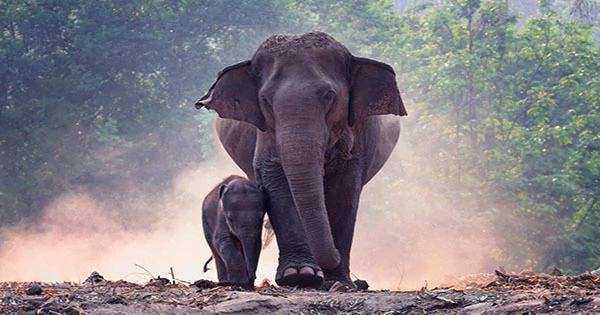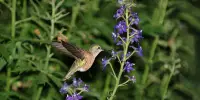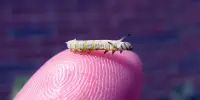Scientists are currently analyzing YouTube recordings for information on Asian elephant relationships and their reactions to death. Elephants are emotionally aware creatures who have been observed showing mourning after the death of herd mates, and scientists have previously observed wild African elephants examining the bones of their deceased. However, because it is impossible for scientists to regularly watch wild animals for this behavior, little is known about these events. This is much more challenging for the Asian elephant since they are secretive forest residents – while there have been anecdotes of them displaying sadness over fatalities, there has been no scientific confirmation.
Researchers used YouTube to search for phrases related to grieving elephants, such as “elephant death” and “elephant responding to death.” The films were then reduced down to 24 that showed mourning-like behavior. These movies were slowed down and translated as needed to see the grieving show. Their findings were published in the Royal Society Open Science journal. The most prevalent behavioural attribute was sniffing and stroking deceased elephants, demonstrating tactile communication in elephant populations. The elephants would also make noises in reaction to the slain elephant, and groups of elephants would occasionally cluster around the carcass and make roaring or trumpeting noises.
The mother of a dead dying calf was witnessed kicking such calf in three situations. This reaction can also happen in non-death situations: One adult female, for example, kicked and twisted the truck after giving birth in an attempt to resuscitate a newborn. Several recordings revealed proof of features that had previously only been reported anecdotally, such as female adults carrying deceased calves. This behavior might imply that the elephants realized the deceased couldn’t survive on their own.
The primary author of the article, Dr Sanjeeta Pokharel, a scientist at the Smithsonian Conservation Biology Institute, told the New York Times, “That carrying itself might imply they are aware that there is something wrong with the calf.” This study emphasizes the relevance of open-source video footage for studying the natural world around us, especially given the ongoing dispute over whether only humans experience a sense of death or if other animals do as well.














